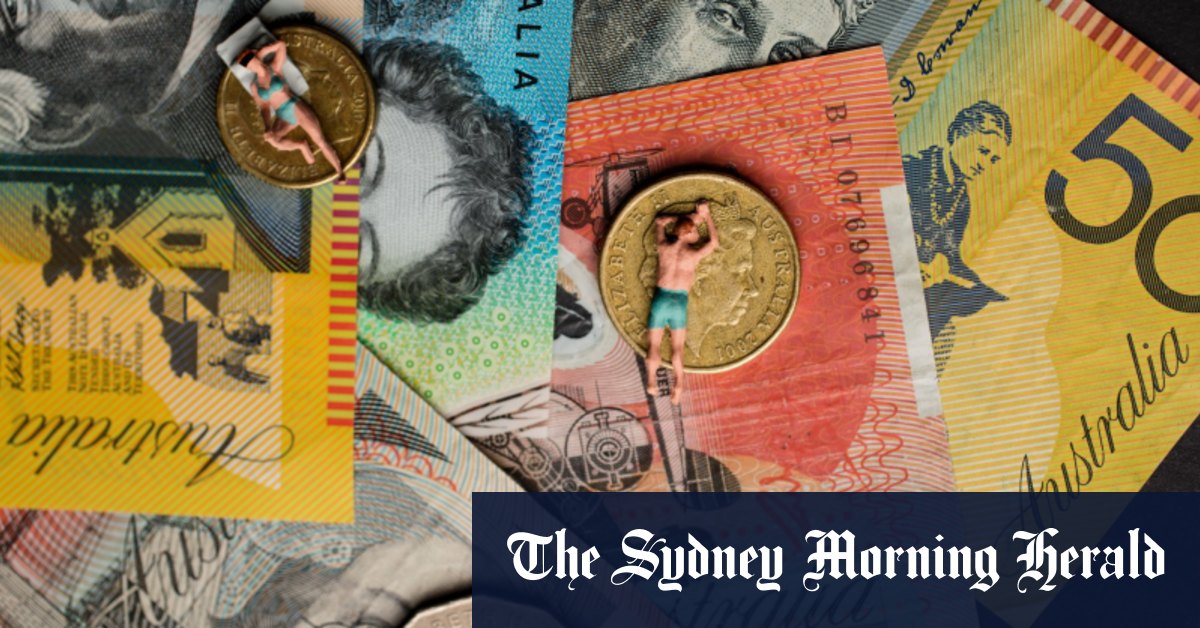Women, young and low-paid workers winners from super boost

The typical Australian worker is set to receive an extra $312 in their super accounts this coming financial year when the superannuation guarantee is raised on Friday, with women, younger people and those on lower incomes set to benefit most from the increase.
The superannuation guarantee (SG), which is the minimum rate of super employers must pay to employees, will rise from 10 per cent to 10.5 per cent on July 1 and will continue to rise by 0.5 per cent annually until it reaches 12 per cent in 2025.
The increase is one of a number of changes to superannuation that will kick in on July 1. The removal of the $450 a month threshold to be eligible for the SG will also come into effect on Friday, as will the deadline for super funds to publish retirement income strategies, both part of sweeping reforms to the sector last year.
Data from Industry Super Australia shows 3.55 million women will receive the super guarantee increase, compared to 3.47 million men. Almost 55 per cent of extra payments will go to those under 40, with more people in their 20s getting the super boost than any other age bracket.
Two thirds of those benefiting from the increase earn less than $70,000 a year, the lobby group says.
“Even though the staged increases are small, they’ll add up to so much more in savings and that means a more secure future for millions of Australians,” said Industry Super Australia chief executive Bernie Dean.
Friday will also see the removal of a threshold which meant those earning less than $450 a month weren’t entitled to super payments from their employer. From July 1, anyone over the age of 18 will be able to receive super payments, no matter how much they earn, and those under 18 will be able to receive super payments if they work more than 30 hours a week.
Almost 300,000 lower-income workers, two thirds of which are women, will be paid super on their wages for the first time, Industry Super Australia analysis shows.
“The removal of the $450 threshold is particularly significant for low-income, casual and part-time workers,” said Sarah Adams, the head of strategy, reputation and corporate affairs at the country’s largest super fund, AustralianSuper.
The changes coming to super on July 1
- The $450 per month super threshold is being removed, meaning 300,000 low-income earners will be paid super on their wages for the first time.
- The super guarantee rate increases from 10 per cent to 10.5 per cent, meaning the typical worker will get an additional $312 into their super accounts a year.
- By July 1, super funds will have to publish their retirement strategies as part of the retirement income covenant.
Funds will also be required to detail how they will help people during the retirement phase of their superannuation.
Friday also marks the 30th year of compulsory super, introduced by the Keating Labor government in 1992.
Other significant reforms introduced last year include laws to start an annual performance test that names and shames poor-performing funds and a “stapling measure” to tie workers to one product for life.
Most Viewed in Business
Source: Thanks smh.com